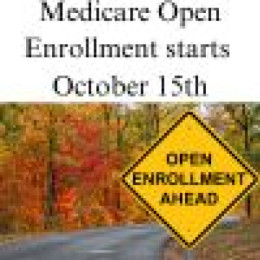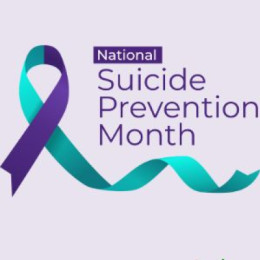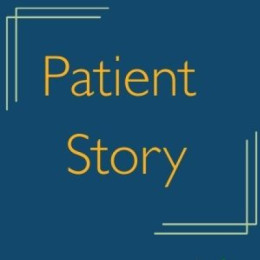Posted On: November 18, 2019 by Community HealthCare System in: Community health news
The National Cancer Institute recognizes lung cancer as the leading cause of cancer death. In the United States, lung cancer follows only skin cancer as the most common type of cancer.
Many people don’t realize that lung cancer screening is available.
Like any screening, lung cancer screening aims to find the disease early, when treatment may be more effective. Dr. Greg Welle, director of radiology at Community HealthCare System and Manhattan Radiology, said low-dose CT scan is the standard screening protocol for people who qualify. “We are fortunate to have CT capabilities in the rural community comparable to those in urban areas. The study patients receive at Community HealthCare System in Onaga follows the same standard procedure guidelines,” Welle said.
Qualifications for the screening include those who have a history of heavy smoking, which is defined as a minimum of a 30-pack year history for people who smoked one pack per day for 30 years or two packs per day for 15 years. In addition, patients who are screened should be current smokers or those who have quit smoking in the past 15 years, be 55 to 77 years of age, have no symptoms, and be healthy enough to undergo treatment.
According to Dr. Welle, the screening carries a few risks including false positive results, over-diagnosis of asymptomatic cancer that may not have caused a problem, and radiation exposure. “The radiation dosage associated with low-dose CT is in an acceptable, safe range posing very minimal cancer risk,” Dr. Welle said. The minimal risks of screening, however, are vastly outweighed by the risk of cancer development in high-risk individuals.
The screening is simple and painless. During screening with low-dose CT, patients lie on a firm surface. After patients are ushered into the scanning area, the scan takes approximately 5 minutes to complete, and the scan requires no needles or IV administration of contrast media.
The greatest risk factors for lung cancer are smoking cigarettes, cigars, or a pipe; secondhand smoke exposure; family history of lung cancer; HIV infection; environmental exposure to air pollution and radon; and workplace exposure to radiation, radon, chemicals, or gas. Lowering exposure to radon, air pollution, radiation, chemicals, and gas and refraining from smoking or quitting the habit are interventions that lower lung cancer risk.
Jason McKinsey, Community HealthCare System radiology manager, said that lung cancer is often serious because by the time patients have symptoms, the disease has already spread and become more difficult to treat.
“Screening and early detection of lung cancer can save lives and reduce the lung cancer burden in the United States. Screening should be part of a preventive care strategy for those at high risk to catch more lung cancers early and significantly improve the low survival rates,” McKinsey said.
Primary care providers at Community HealthCare System are committed to the prevention and screening for cancer. If you feel you may be at risk for lung cancer and have not been screened, contact your primary care provider to discuss lung cancer screening.











0 comments